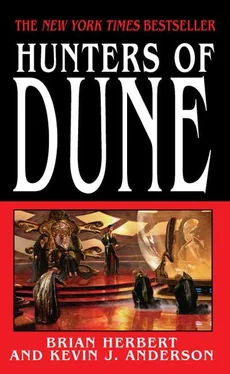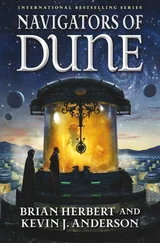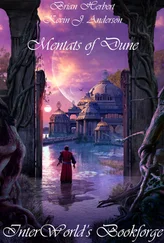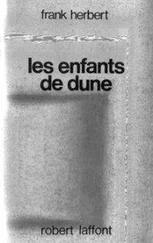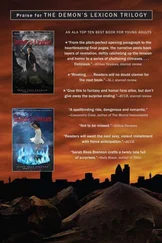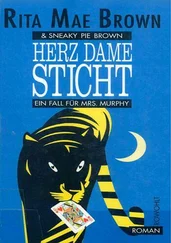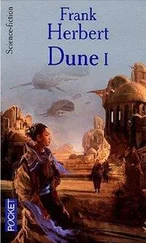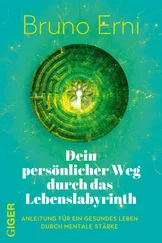Brian Herbert … Kevin J.Anderson
HUNTERS OF DUNE
To Tom Doherty
Whose support and enthusiasm for the Dune universe-and for us as authors-has been unflagging. A dedicated publisher and perceptive businessman, Tom is a longtime Dune fan and was a good friend to Frank Herbert.
As with all of our previous Dune novels, we have depended on the efforts of a great many people to make the manuscript as good as possible. We would like to thank Pat LoBrutto, Tom Doherty, and Paul Stevens at Tor Books; Carolyn Caughey at Hodder Catherine Sidor, Louis Moesta, and Diane Jones at WordFire, Inc. Byron Merritt and Mike Anderson put in a great deal of work on the dunenovels.com Web site. Alex Paskie offered in-depth advice on Jewish philosophy and traditions, and Dr. Attila Torkos worked very hard on fact-checking and consistency.
In addition, we have had many supporters of the new Dune novels, including John Silbersack, Robert Gottlieb, and Claire Roberts at Trident Media Group; Richard Rubinstein, Mike Messina, John Harrison, and Emily Austin-Bruns at New Amsterdam Entertainment; Penny and Ron Merritt, David Merritt, Julie Herbert, Robert Merritt, Kimberly Herbert, Margaux Herbert, and Theresa Shackelford at Herbert Properties LLC.
And as always, these books would not exist without the unending help and support from our wives, Janet Herbert and Rebecca Moesta Anderson, or the original genius of Frank Herbert.
We wish Frank Herbert could have been here to write this book.
After the publication of Heretics of Dune (1984) and Chapterhouse: Dune (1985), he had much more in mind for the story, a fantastic grand climax to the epic Dune Chronicles. Anyone who has read Chapterhouse knows the excruciating cliffhanger ending.
The last novel Frank Herbert wrote, Man of Two Worlds, was a collaboration with Brian, and the two of them discussed working on future Dune books together, particularly the story of the Butlerian Jihad. However, with the beautiful dedication and coda that Frank wrote at the end of Chapterhouse, a loving tribute to his wife, Beverly, Brian originally thought that the Dune Chronicles should end there. As he explained in Dreamer of Dune, the biography of Frank Herbert, his parents had been a writing team, and they were gone. So Brian left the series untouched for many years.
In 1997, more than a decade after the death of his father, Brian began to discuss with Kevin J. Anderson the possibility of completing the project, of writing the fabled Dune 7. But apparently Frank Herbert had left no notes, and we thought we would have to do the project based solely on our own imaginations. After further discussions, we realized that a great deal of preliminary work needed to be completed before we could tackle Dune 7—not just laying groundwork for the story itself, but also reintroducing the book—buying audience and a whole new generation of readers to the incredible, highly imaginative Dune universe.
More than twenty years have passed since the publication of Chapterhouse: Dune. While many readers loved the original classic Dune or even the first three books in the series, a significant portion of the audience had not continued all the way through to that last book. We needed to reawaken interest and get those readers prepared.
We decided to write a trilogy of prequels first—the Prelude series of House Atreides, House Harkonnen, and House Corrino. When we began to dig through all of Frank Herbert's stored papers in preparation for writing House Atreides, Brian was surprised to learn of two safe-deposit boxes that his father had taken out before his death. Inside the boxes, Brian and an estate attorney discovered a dot-matrix printout and two old-style computer disks labeled "Dune 7 Outline" and "Dune 7 Notes"—pages describing exactly where the creator of Dune had intended to take his story.
Reading this material, we saw instantly that Dune 7 would be a magnificent culmination of the series, tying together the history and the characters we all knew in an exciting plot with many twists, turns, and surprises. In storage we also discovered additional notes and papers describing characters and their histories, pages of unused epigraphs, and outlines for other works.
Now that we had a road map in front of us, we plunged into the Prelude to Dune trilogy, which followed the stories of Duke Leto and Lady Jessica, the evil Baron Harkonnen, and the planetologist Pardot Kynes. After that trilogy, we wrote the Legends of Dune—The Butlerian Jihad, The Machine Crusade, and The Battle of Corrin—which introduced the seminal conflicts and events that form the foundations of the whole Dune universe.
Indisputably, Frank Herbert was a genius. Dune is the best-selling and most beloved science fiction novel of all time. From the beginning of our monumental task, we realized that it would not only be impossible, but also foolish, to attempt to imitate Frank Herbert's writing style. Both of us were strongly influenced by his writing, and some fans have remarked on certain similarities in style. However, we consciously chose to write these books to capture the feel and scope of Dune, using aspects of Frank Herbert's style, but with our own pacing and syntax.
We are pleased to report that since the publication of House Atreides, the sales of Frank Herbert's original Dune Chronicles have gone up dramatically.
Two six-hour TV miniseries starring William Hurt and Susan Sarandon—Frank Herbert's Dune and Frank Herbert's Children of Dune—have been broadcast to large audiences and wide acclaim (as well as winning Emmy Awards). They are two of the three most-watched shows in the history of the Sci-Fi Channel.
At last, after more than nine years of preparation, we feel the time is right for Dune 7. Upon poring over Frank Herbert's outline and notes, we realized that the breadth and scope of the story would have resulted in a novel of more than 1,300 pages. For this reason, the story is being presented in two volumes, Hunters of Dune and the forthcoming Sandworms of Dune.
Much more of the epic remains to be written, and we intend to create additional exciting novels, telling other parts of the grand, brilliant tale that Frank Herbert laid out. The saga of Dune is far from over!
Brian Herbert and Kevin J. Anderson, April 2006
Following the 3,500-year reign of the Tyrant Leto II, an empire was left to fend for itself. During the Famine Times and the subsequent Scattering, the remnants of the human race cast themselves far into the wilderness of space.
They fled to unknown realms where they sought riches and safety, to no avail.
For fifteen hundred years these survivors and their descendants endured terrible hardships, a whole reorganization of humanity.
Stripped of its energy and resources, the ancient government of the Old Empire fell away. New power groups took root and grew strong, but never again would humans allow themselves to depend upon a monolithic leader or a key, finite substance. Single points of failure.
Some say the Scattering was Leto Ws Golden Path, a crucible in which to strengthen the human race forever, to teach us a lesson we could not forget.
But how could one man—even a man-god who was partially a sandworm—willingly inflict such suffering upon his children? Now that descendants of the Lost Ones are returning from the Scattering, we can only imagine the true horrors our brothers and sisters faced out there.
Guild Bank Records, Gammu Branch
Even the most learned of us cannot imagine the scope of the Scattering. As a historian, I am dismayed to think of all the knowledge that has been lost forever, the accurate records of triumphs and tragedies. Entire civilizations rose and fell while out there those who remained in the Old Empire sat in complacency.
Читать дальше
